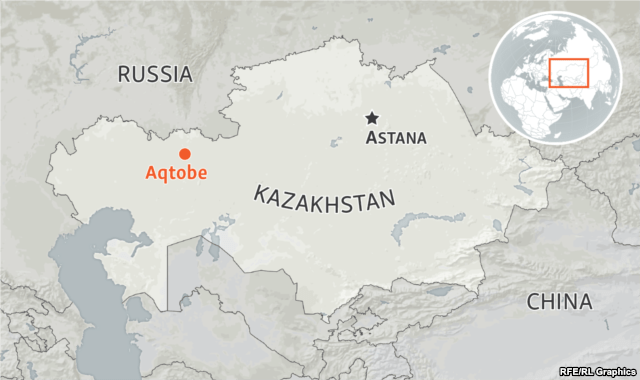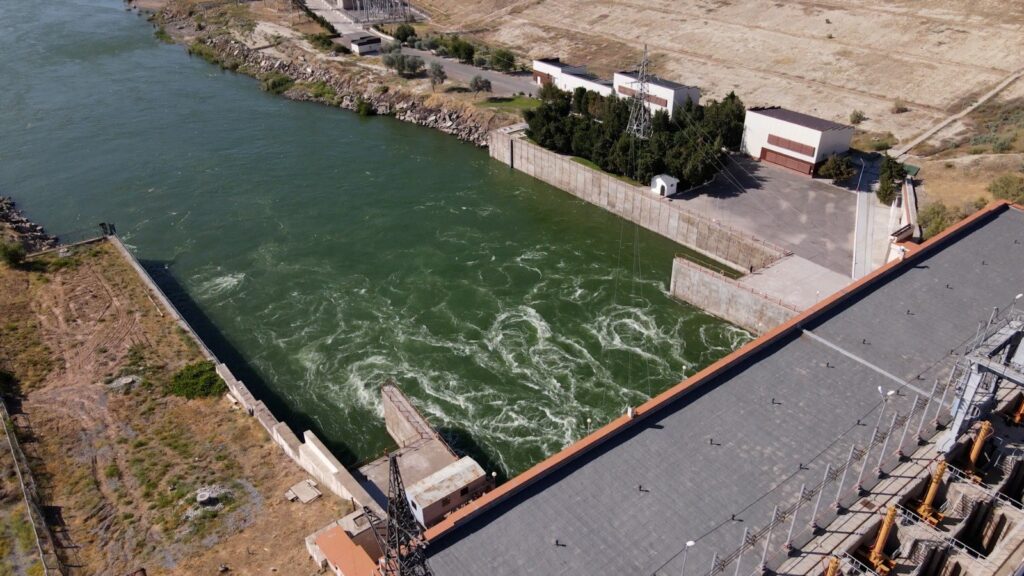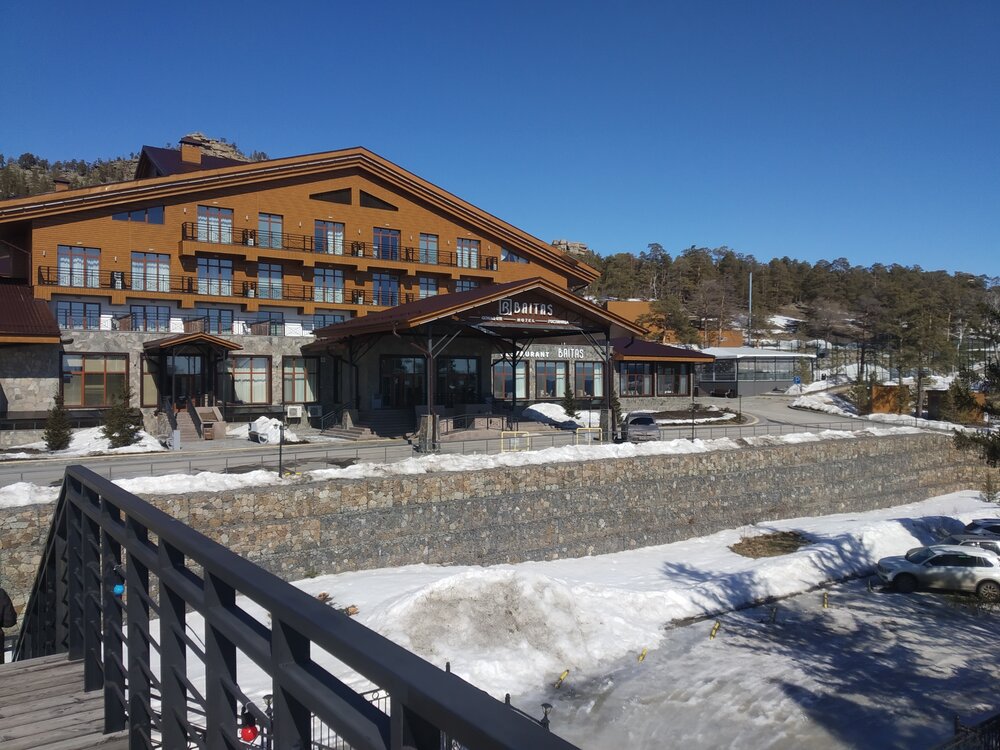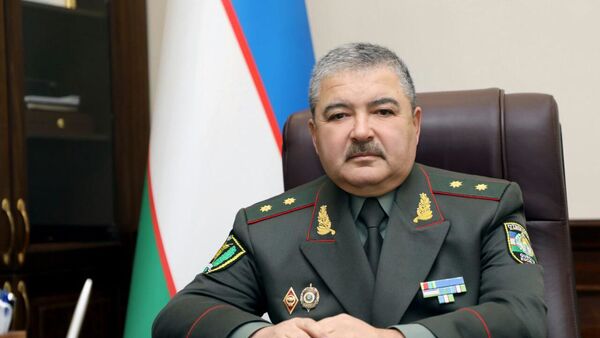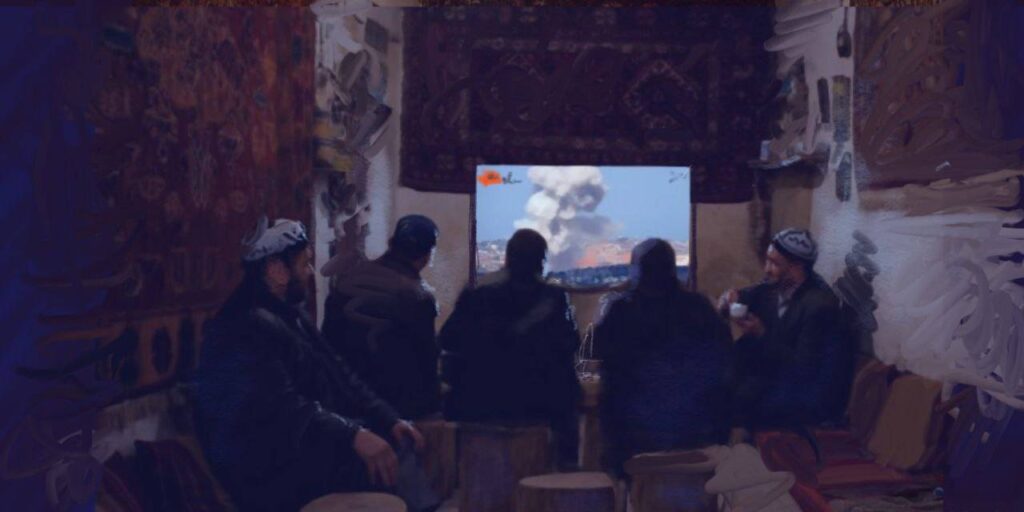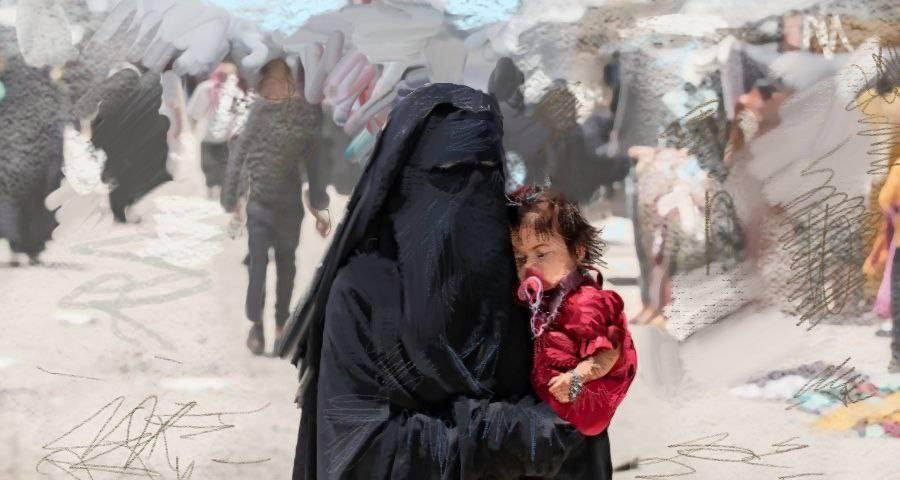ALMATY (TCA) — The latest violence in Aktobe, here in Kazakhstan, is leaving the authorities and sideliners in the dark. If it was the work of a gang or terrorist group acting on the orders of either Daesh or Al-Qaeda from their remote strongholds in Afghanistan and northern Pakistan or part of a more secular conspiracy against the Kazakh state, no one seems to be able to explain.
First impression
At first, it looked like little more than a common holdup, when on that peaceful Sunday afternoon, June 5 at 15.30 local time, an armed gang burst into a weaponry shop located in the midst of a dull residence area. Soon, a second arms shop was targeted while a separate group of attackers took on a base of the National Guard – apparently in an attempt to lay their hands on heavier arms than those available in shops. It all ended with 13 gang members, 3 paramilitary and 3 civilians killed.
The location for what beyond doubt has been the most dramatic outburst of violence in Kazakhstan since the turbulent year 2011 which was marked by a number of terror attacks (including one in Aktobe) and ended in the notorious confrontation between strikers and order forces in the southwestern region of Mangistau, seems well-chosen. Aktobe, a city or around 400,000 only 60 kilometres away from the border with Russia, is a point where different worlds in more than one sense within Kazakhstan meet.
Oil province
Aktobe is the easternmost major oil province of the country. Slipping oil prices over the last two years have resulted in the loss of thousands of jobs, and cuts in payments for those whose jobs remain intact. Sharp increases in unemployment and dwindling household incomes have impoverished large parts of the population, creating fertile grounds for trouble.
Aktobe is also the place where the Kazakh-dominated part of Kazakhstan, consisting of the aforementioned oil provinces, meets the industrial provinces to its east, where mining, metallurgy and heavy industry dominate the labour market. Home to the new capital Astana, the region stretching further east towards the point where the borders between Kazakhstan, Russia and China meet, is also characterised by a concentration of ethnic Russians, which makes up for close to half of the area’s population while representing no more than 17 per cent of the nation’s total population.
Aktobe peculiarities
There are a few peculiarities in the case of the Aktobe attacks, however, which should not be left unnoted. First of all, stealing weapons from arms depots has only rarely been observed in the world in connection to “Islamic” terror movements. Organisations such as Al-Qaeda and Daesh are awash with arms wherever they appear, and they buy them quite legally by proxy on the opaque global arms market. Second, their cells on the ground do not betray their presence until they hit where it really hurts – e.g. the area in Astana where all government buildings are concentrated, the location of a major sports event or an international airport. The shootout in Aktobe bears none of these trademarks.
Background of the attackers
While Kazakh authorities remained mute regarding the background of the attackers, some “experts” nevertheless insist on “religious” tracks. But there are other hints: one name popping up in relation to the incident is that of tycoon Tokhtar Tuleshov, detained in late January in Shymkent, where he owns and runs the local brewery, on charges including illegal possession of arms and drugs. Before his arrest, Tuleshov was also involved in “anti-western” information and “analysis” within the so-called Centre for the Analysis of Terrorist Threats. In early June, Tuleshov has been accused of being the brain behind a number of recent protest manifestations against land reform, with the aim to spread unrest in the country in order to facilitate a violent coup toppling the head of state and his government. A number of alleged accomplices were held as well, including former First Deputy Prosecutor General and former member of the Constitutional Council Ilias Bahtybayev, former chief of South Kazakhstan Region Police Department Major-General Hibratulla Doskaliyev, former First Vice Chief of South Kazakhstan Region Police Department Colonel Saken Aitbekov, commanders of the military units of the Defense Ministry of Kazakhstan Colonel Bekzat Zhumin and Colonel Kairat Pernebayev – according to National Security Committee’s spokesman Ruslan Karasev as quoted by various news agencies. Each of the latter two was in command of a major-size military base in Kazakhstan. They were not small fish, which points, though yet to be confirmed, at a serious threat indeed.
Coup plotting groups
The last time such a threat occurred to Kazakhstan was in 2002, when a group within the National Security Committee started to prepare what should have ended up in an armed coup against President Nursultan Nazarbayev and his government. Preparations included armed underground cells, misinformation channels, and a network of “social agents” mobilising lower social classes and extorting money from businessmen.
The group was detected and dismantled the same year but it took four years for information to reach the public domain – not in the least because the leader of the movement appeared to be the head of state’s son-in-law Rakhat Aliyev. The main culprit hanged himself in a Viennese prison while awaiting trial for multiple murders. But a number of his close associates were acquitted. It cannot be excluded that today one or more subsequent coup-plotting groups subsist inside and/or outside Kazakhstan.
However, suspicion of “secular conspirers” in connection with the Aktobe violence remains as plausible as it remains remote – just like the “fundamentalist” explanation. Therefore, it should come as no surprise that despite all Astana’s rhetoric regarding the “global combat against terrorism” many facts, especially home-related ones, remain under the red carpet rather than on it…
